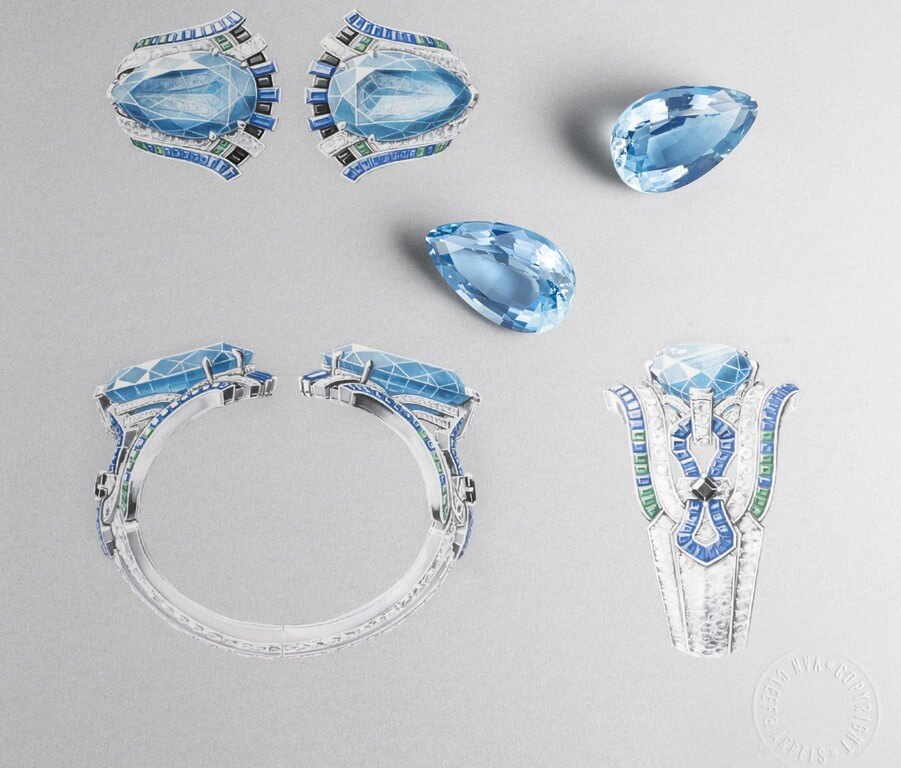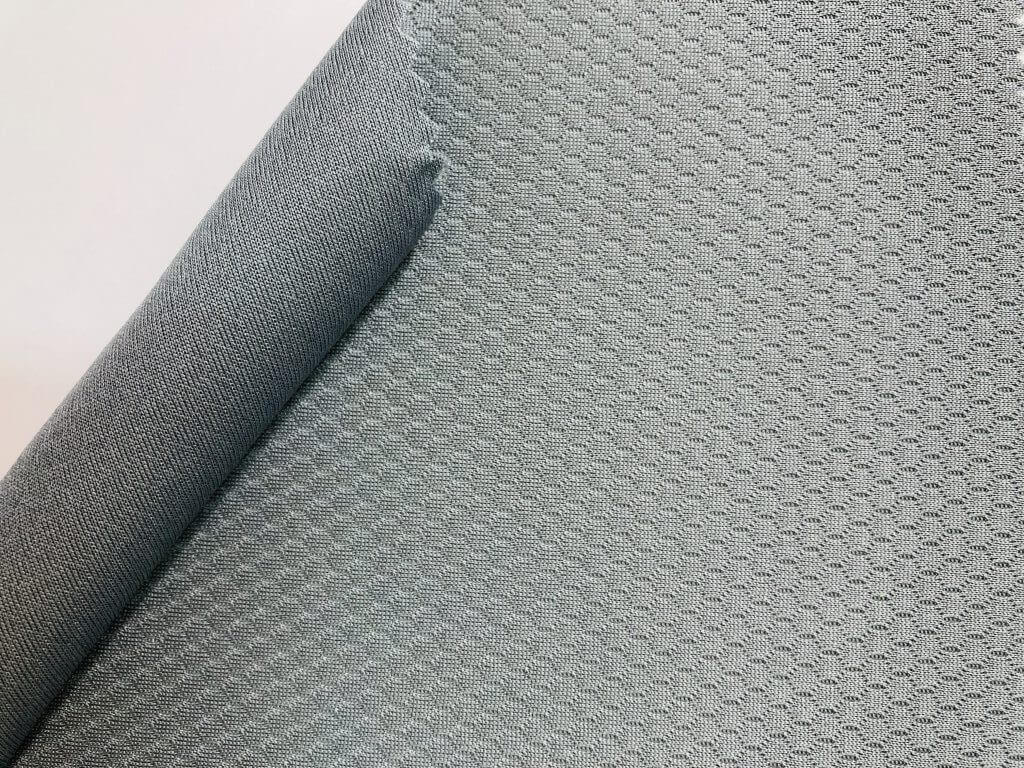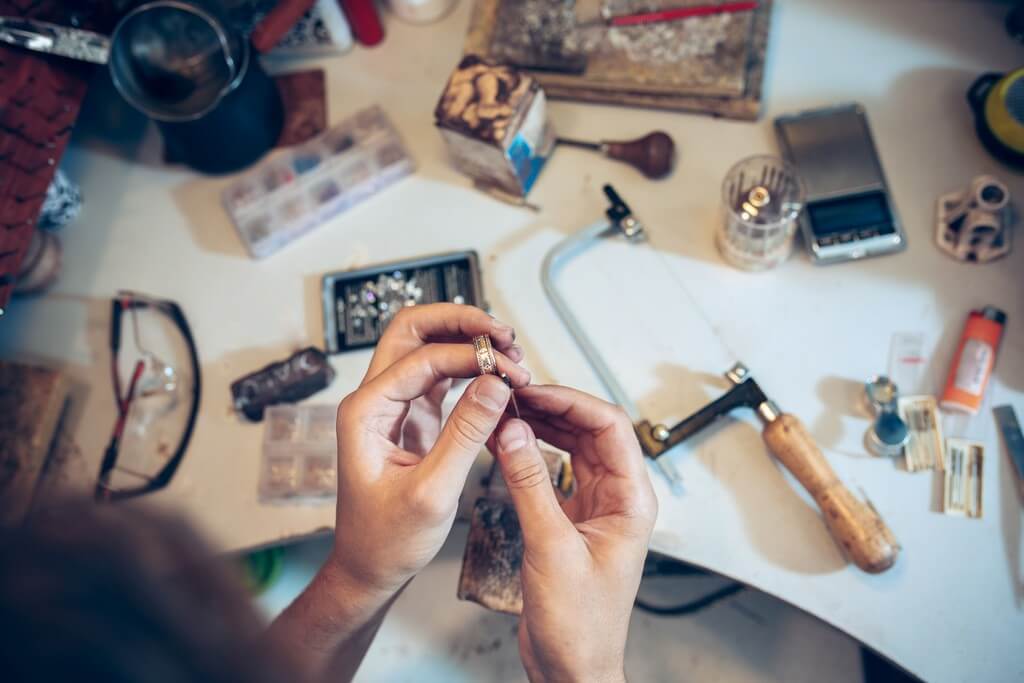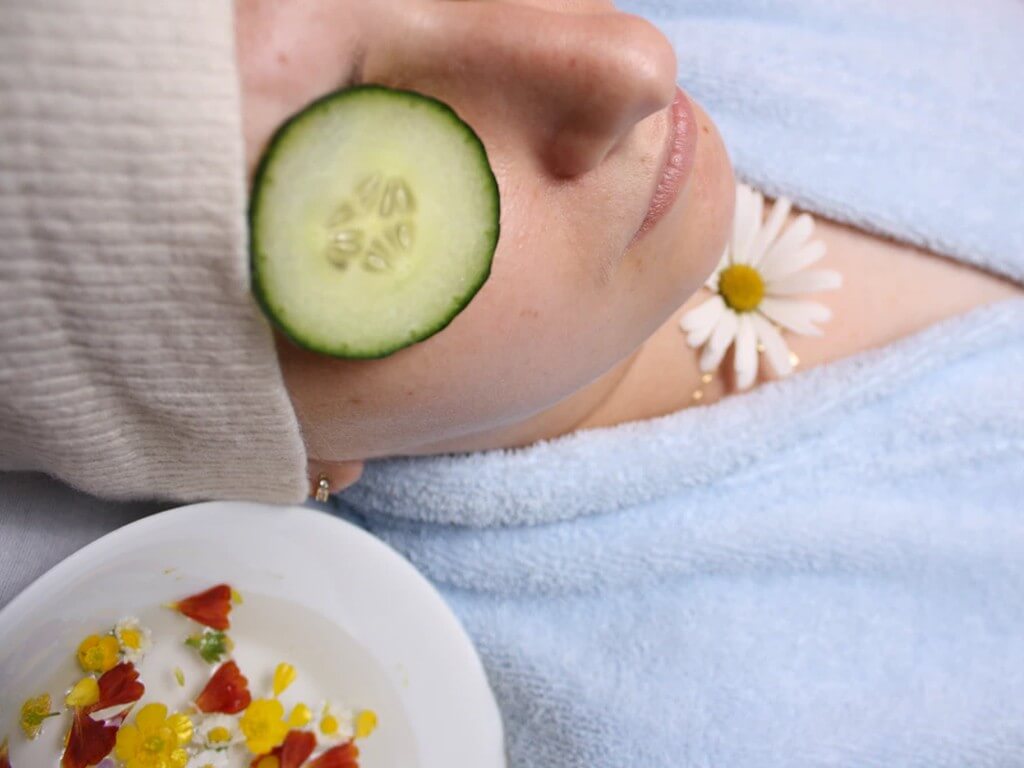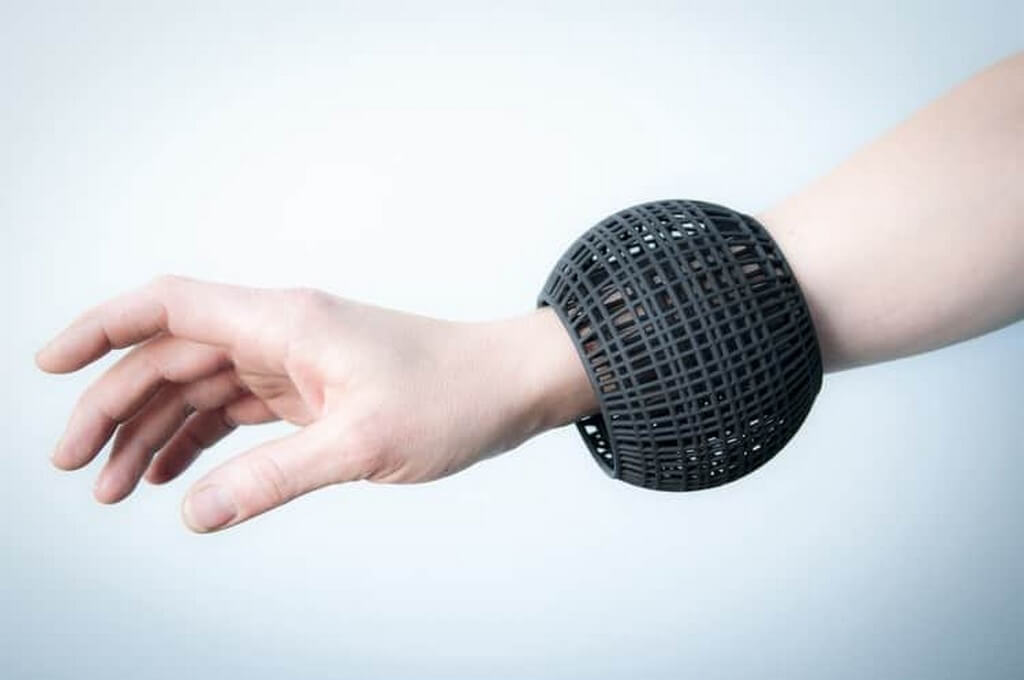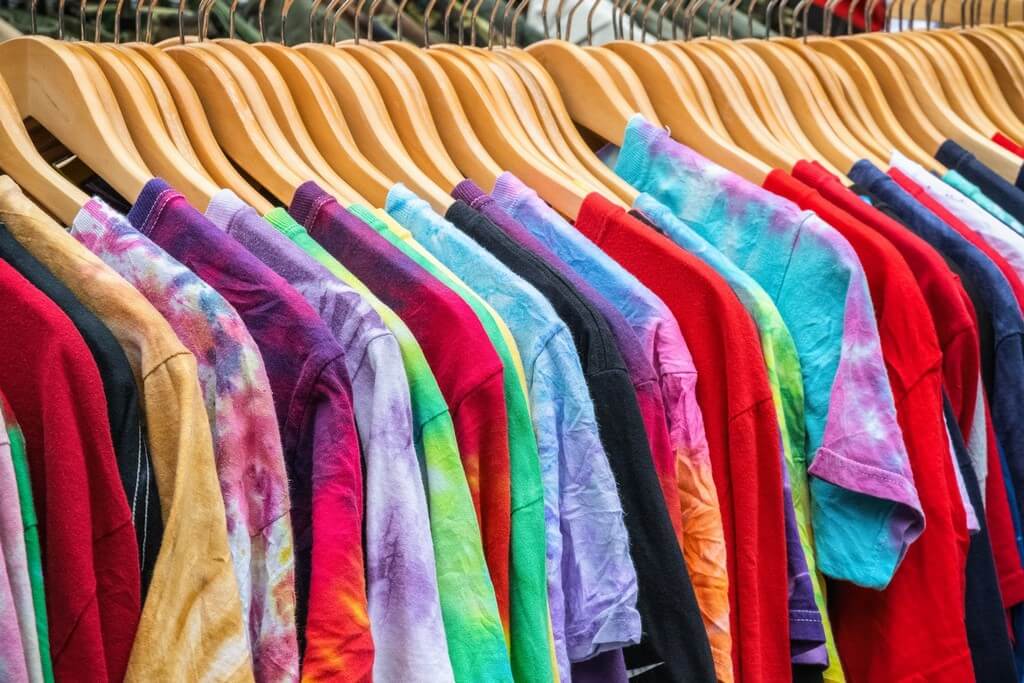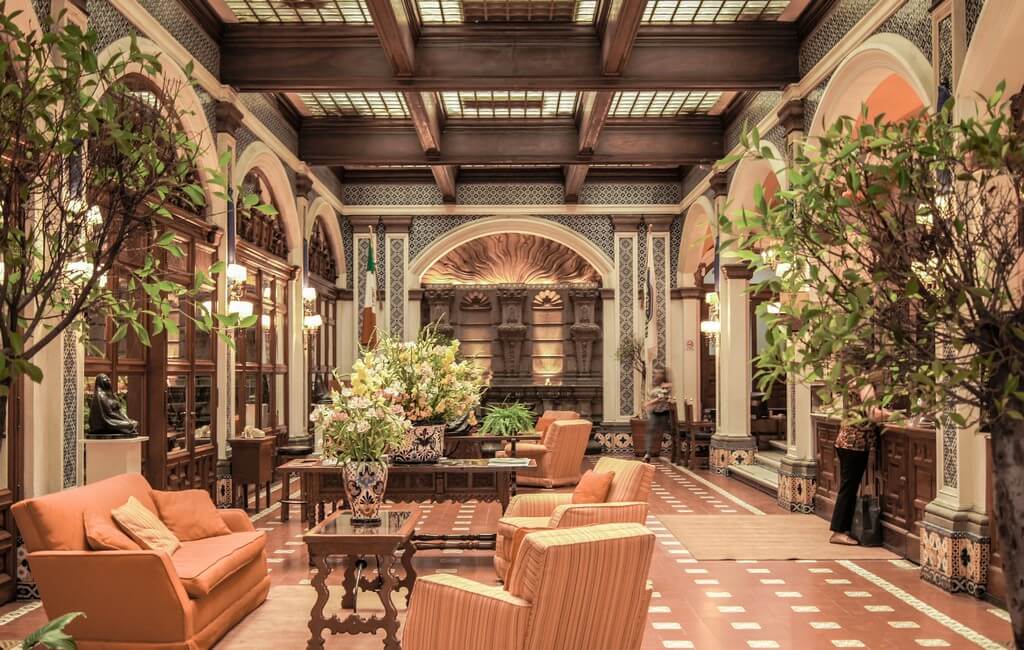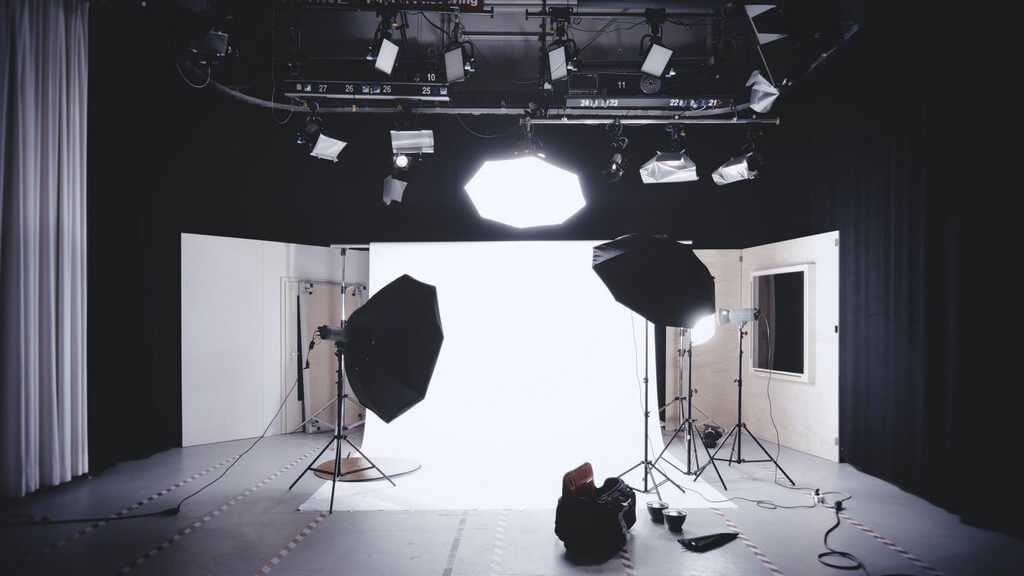Gouache painting is a form of hand painting that is achievable for people who have studied the art of painting jewels. Before the advent of computer aided softwares, handmade practice of rendering through the use of Gouache painting was most sought after in jewellery designing. However, a number of well-known brands still use this form to showcase their designs in the media to
Antimicrobial fabric is a textile that offers protection against bacteria, mold, mildew, and other hazardous microbes. This can be achieved by treating the fabric with a proprietary topical chemical that inhibits the growth of pathogens or by using yarns which are designed to provide inherent microscopic antimicrobial functionality such as those found in high performance fabric constructed with specialty yarns. In combination, these
Pursuing Jewellery Design Course from an established jewellery design institute is crucial and significant for career building. While opting for a course, aspirants need to ensure that the institute provides a combination of practical exposure with theoretical knowledge. This proves advantageous for the students as it gives them the confidence when they venture into their professional journey. You are cut out for the world
Skincare over makeup is what everyone during the 2021 quarantine were focusing on, and is safe to say are still focusing on. When facemasks became mandatory and work from home was implemented, there was no room for makeup, no necessity. On the other hand, the focus went on to taking care of oneself and their skin. To have flawless skin is what everyone
Virtual jury was conducted for evaluating the work of Post Graduate Diploma in Fashion Communication 2020 batch students as part of their Term 2 evaluation via zoom. The design jury was facilitated by Ms. Niveditha V, the Program Coordinator of PGDFC. It was held for the nine students of the batch who presented their work as part of modules in Fashion Forecasting, Visual
3D Printed Jewellery has created gateways for jewellery designers and the jewellery industry. It has helped to attain design freedom that cannot be achieved with traditional approaches of manufacturing. However, there are certain design rules that have to be adhered to. 3D Printed Jewellery has created a considerable impact on the jewellery industry. It has paved the way to step out of the conventional
Tie and dye is the process of creating patterns on clothes or fabrics. These visual ‘patterns’ are created by binding, folding or simply scrunching the fabric before dyeing it. It is the dying natural fabrics that results in interesting and colourful patterns. The technique of tying cloth with thread and then dying it is the simplest and perhaps the oldest form of creating




